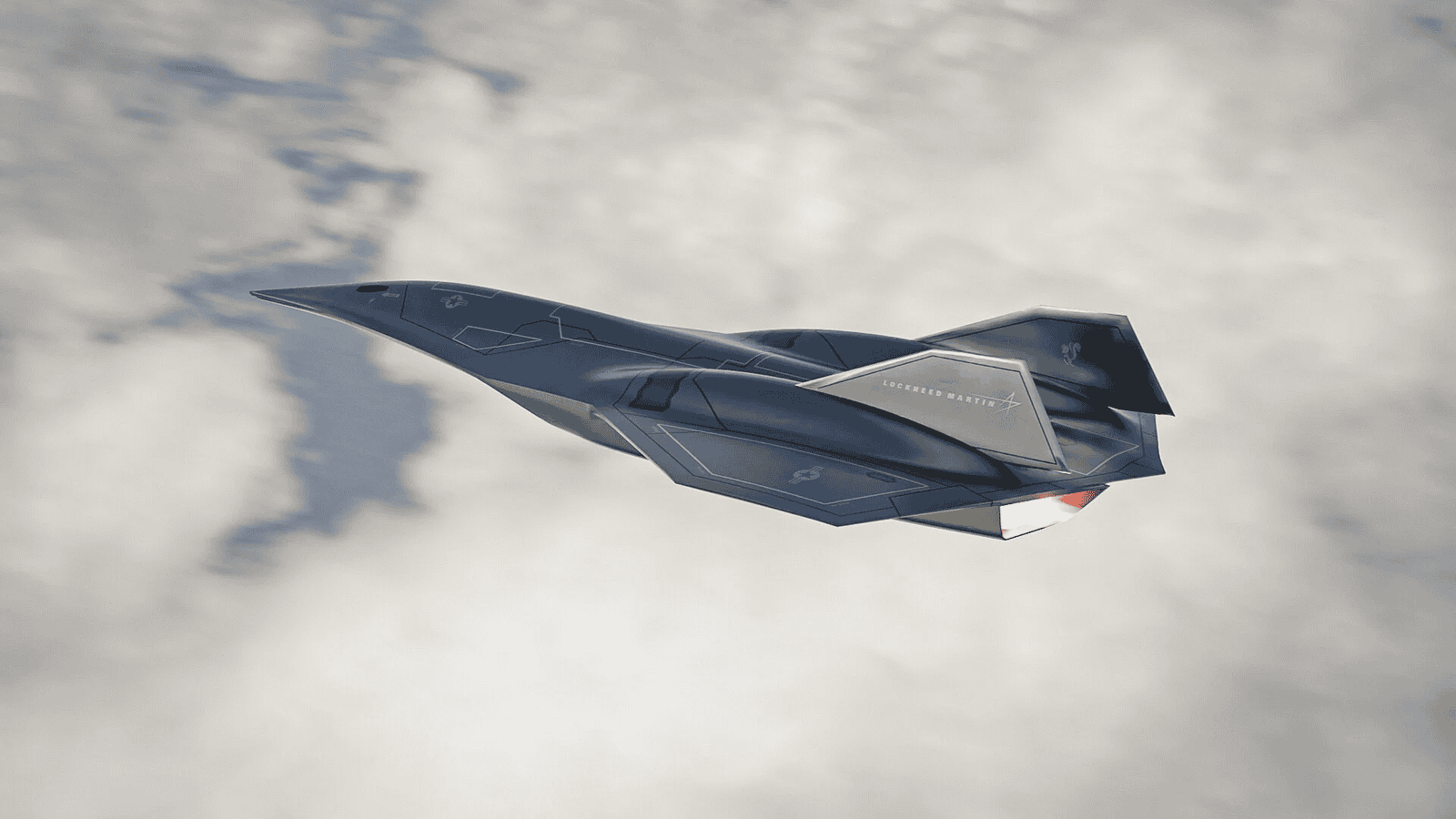
The SR-72 “Darkstar” isn’t just the next spy plane in America’s arsenal—it’s a game-changing leap forward in aviation technology. Designed to build on the legendary status of the SR-71 Blackbird, the SR-72 introduces a new era of hypersonic flight that’s already shaking up global defense strategies.

From the Blackbird to the Darkstar: A Legacy Reimagined
To get a handle on the SR-72, you first need to examine its predecessor. The SR-71 Blackbird was a wonder of the era, breaking speed and altitude records for the Cold War. It could outrun intercepting missiles and pick up intelligence from the edge of space. But times have changed, and so have the dangers. Newer generations of air defenses prompted Lockheed Martin’s Skunk Works team to think even more outside the box.

That pressure resulted in the clandestine beginnings of the SR-72 program in 2013. The idea? A faster, stealthier, and more mission-adaptable plane capable of not only collecting intelligence but also executing precision strikes. With a demonstrator allegedly targeted for flight in the mid-2020s and complete operational readiness in the 2030s, the SR-72 has already caused a splash within both military ranks and popular culture, most notably as “Darkstar” in Top Gun: Maverick.

Breaking the Speed Barrier: The Engine That Enables It
What makes the SR-72 stand out is the way it intends to fly. Sustained speeds higher than Mach 5 are not only fast—these are hypersonic. To make this happen, engineers are looking to a game-changing propulsion system called Turbine-Based Combined Cycle (TBCC). Essentially, it combines a conventional jet engine for taking off and low-speed flight with a scramjet engine that takes over at higher speeds.

This hybrid design allows the planes to take off from ordinary runways, glide into hypersonic travel, and travel enormous distances in record times, without using boosters or exotic launch systems. But there is a cost to speed. At Mach 6, the aircraft’s skin is subject to extreme temperatures. Regular metals would be unable to withstand such stress. That’s where next-generation materials such as carbon composites, high-performance ceramics, and titanium alloys enter the picture—each for their heat tolerance and strength.

Not Just a Spy Plane: A True Multi-Mission Platform
Whereas the SR-71 was only designed for reconnaissance, the SR-72 is being designed with a more extensive mission set. Yes, it will be superior at ISR (intelligence, surveillance, reconnaissance), but it’s also designed to attack. Equipped with hypersonic weapons, it can get to global targets in less than an hour and deploy payloads before the majority of air defense systems are even aware it’s on its way. Its blistering speed, paired with its high-altitude capability, provides it with a strategic advantage, particularly in areas being contested where other planes just wouldn’t make it.

Why It’s Hard to Stop
Survivability is likely the SR-72’s most significant feature. While nations such as China and Russia have heavily invested in next-generation missile defense systems—such as the S-500 and HQ-19—intercepting a hypersonic aircraft is an entirely different matter. Reaction time is virtually zero at Mach 6. Detection is not easy. And when you incorporate stealth capabilities, it becomes all but impossible to track or target with ease. The SR-72 flight ceiling is beyond the capability of most surface-to-air missiles, and the plane’s design reduces radar signatures to a minimum, providing it with an actual chance at evading even the best sensors.

The Engineering Challenges: Overcoming Problems at the Threshold of Physics
Designing a jet to cruise at Mach 6 is more than a matter of speed. It’s about heat, control, and survival. To cope with temperatures over 1,000°C, engineers are designing new thermal protection systems and studying advanced airflow management methods in order to minimize drag and heat accumulation along the surface of the aircraft.

Flying a hypersonic aircraft also needs more intelligent systems. At such speeds, human control is constrained. That’s why the SR-72 will likely have autonomous capabilities and AI-based systems that can navigate, respond to threats, and adapt flight trajectories in real-time. And then there is the matter of weapon delivery. Launching missiles or releasing payloads at hypersonic velocities entails harsh mechanical and thermal stresses, both on the munitions themselves and on the aircraft. Special internal bays and hardened munitions are in development to address this challenge.

Hypersonic Competition: A Global Race Is On
The development of the SR-72 has not been without notice. Its promise has prompted immediate reactions from competitors, particularly in China and Russia, who are now scrambling to create their hypersonic platforms. But for the moment, the Darkstar is a technological advantage that neither country has operationally countered.

Aside from its military potential, the program has sparked innovation in the American space industry. Advances in propulsion, materials, and artificial intelligence are poised not only to aid defense but also to advance future civilian space endeavors.

What Comes Next: Testing the Future
While most information regarding the SR-72 is classified, this much is certain: hypersonic airpower is no longer a pipe dream. With DARPA and the US Air Force supporting connected efforts—such as the Mayhem and Next RS projects—things are moving at a fast pace. The developments focus on optimizing TBCC engines, enhancing reusability, and incorporating smart systems capable of dealing with the requirements of high-speed flight.

The SR-72 is not simply a replacement for the Blackbird—the start of a new era in flight. A plane that can travel anywhere on the planet in less than an hour. A platform that combines speed, stealth, and strike ability in ways we’ve yet to fully envision.

It’s not just an idea. It’s a definite message to the world: air dominance is coming quickly.

